In 2002, Professor Leif Edvinsson published a groundbreaking book, Corporate Longitude, where he presented insights and strategies for organizations that aim to get ahead in the knowledge economy. The esteemed professor uncovered the hidden values of intellectual capital, or “the collection of all informational resources a company has at its disposal that can be used to drive profits, gain new customers, create new products or otherwise improve the business” (Investopedia). His concept is financial position vs. “real or potential position”.
“Of central importance is the changing nature of competitive advantage – not based on market position, size and power as in times past, but on the incorporation of knowledge into all of an organization’s activities,” Leif Edvinsson said.
How does a business or organization take advantage of its intellectual capital to help it achieve its objectives? This is where knowledge management comes in.
What is knowledge management?

Knowledge management (KM) is the art of using intellectual capital to improve decision making and workflow, and to stimulate innovation in an organization. It “provides people, processes and technology to help knowledge flow to the right people, at the right time, so they can act more efficiently, effectively, and creatively,” KM expert and author Stan Garfield said.
What are the benefits of knowledge management in an organization?
With the right knowledge at the right time, your organization could…
make decisions better and solve problems faster;
boost the innovation rate;
help in employee growth and development;
enhance internal and external communication;
improve business processes; and
weather disruptions with greater agility.
What are the common challenges of KM and how to overcome these?
Not many organizations are able to use its intellectual assets productively. The key in maximizing these assets is to familiarize yourself with their limitations, and how to address challenges. The most common challenge of knowledge management is finding techniques to identify and codify knowledge. You can solve this by developing processes to capture and record knowledge. Here are other KM challenges and how to overcome them:
Challenge: Aligning KM with the organization’s goals and strategy
Solution: Clearly define the scope of KM initiatives and set goals in using knowledge. Communicate these to all members of your organization through learning materials, trainings and town hall meetings.
Challenge: Making knowledge more accessible
Solution: Develop a KM system that codifies knowledge and allows easy distribution to all employees. You can build a database of resources with curated lists that can be searched and filtered. You may also add bookmarks and Share buttons for materials people find useful.
Challenge: Motivating employees and top officers to share and apply knowledge whenever possible
Solution: Create a culture of knowledge sharing in your organization. You may offer rewards and incentives for those who show initiative in sharing and collaborating.
Challenge: Effectively implementing KM technology
Solution: Carefully map out the budget, strategy and training needs for any new KM system. Go for technologies that will deliver the results that you want, rather than those that are merely hyped. Technology should work for you, not the other way around.
KM expert Stan Garfield adds that organizations are often mesmerized by benchmarks and best practices observed by other organizations. He suggests using frameworks, models and benchmarking are sources of ideas not as precise requirements to be followed. “Continuously solicit, capture, and respond to the needs of the people in your organization. Establish ongoing methods for two-way communications,” he advised.
Your knowledge management checklist for 2020

To develop an effective, knowledge management plan you can use this checklist as your guide.
A strategic aspect that identifies what you need to know. – This is the objective or set of objectives in transforming your intellectual capital.
Identification and categorization of knowledge. – Identify the type of knowledge that you have. Is it tacit or explicit knowledge? Tacit knowledge is rooted in experience, values, context and intuition. It is not codified, hence it is transferred through socialization, apprenticeship and collaboration. Explicit knowledge is codified and measurable knowledge that can easily be passed on via documents, databases and other similar media.
Knowledge sharing. – Knowledge-sharing is the range of activities to capture internal knowledge and promote its transfer to and its reuse by others (Trudell, 2006: 27). This addresses one of the challenges of KM: making knowledge available to all employees and officers whenever they need it. Knowledge sharing also involves retaining intellectual assets and boosting productivity.
Knowledge protection. – Protecting valuable knowledge involves a combination of formal rules, technology, and organizational culture. It focuses on preventing unwanted knowledge spill-overs, reducing knowledge visibility and avoiding knowledge loss.
Generation of new knowledge. – Your organization should be able to establish creative routines and processes, as well as collaborative activities to generate new knowledge or to increase intellectual capital. Knowledge generation can also be done by developing relations with customers as external sources of knowledge.
Make the most of your intellectual asset by transforming them into knowledge, or “information in action”. Let these assets provide value to your people and organization through knowledge management. It is time to look beyond your organization’s financial position and understand your “real or potential position”.
Explore the power of knowledge management with skilled experts/ Contact ASSIST Creative Lab today!






